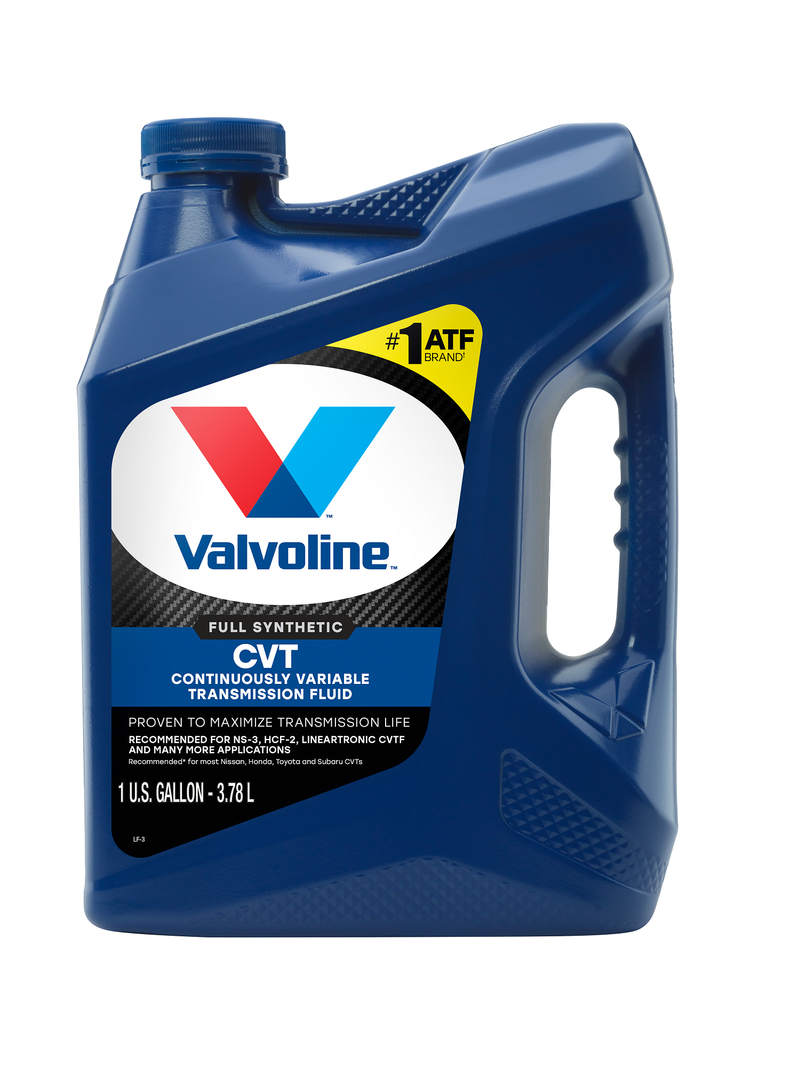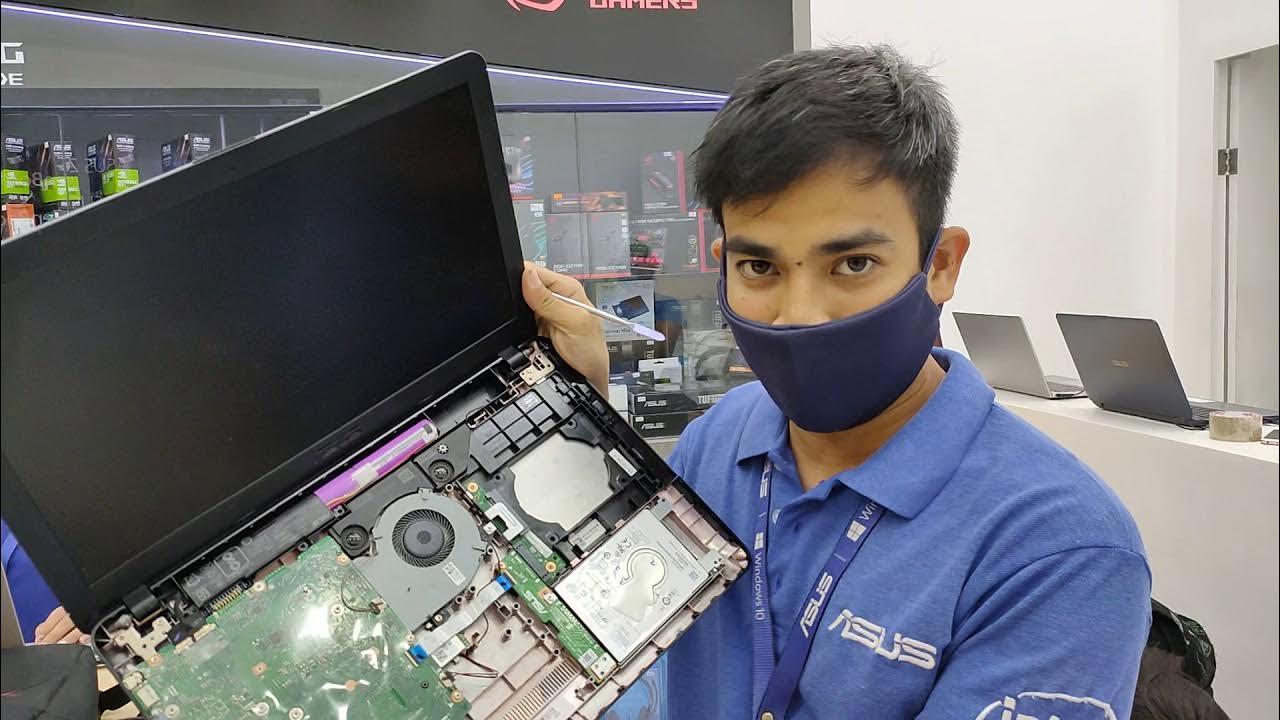To fix 2017 Silverado transmission problems, take your vehicle to a certified mechanic specializing in transmission repairs and replacements. Are you experiencing issues with the transmission of your 2017 Silverado?
A properly functioning transmission is crucial for the overall performance and longevity of your vehicle. If you notice any warning signs such as slipping gears, delayed engagement, or strange noises, it’s important to address these problems promptly. By taking your Silverado to a certified mechanic who specializes in transmissions, you can ensure accurate diagnostics and effective solutions.
We will explore potential transmission issues and provide tips for resolving them, so you can get back on the road with confidence. Discover how to fix 2017 Silverado transmission problems and maintain the reliability of your truck.
Common Transmission Issues In 2017 Silverado
If you own a 2017 Silverado, you may have experienced some transmission issues. These issues can be frustrating and can affect the performance of your vehicle. Identifying and fixing these problems as soon as possible is essential to prevent further damage. In this article, we will discuss three common transmission issues in the 2017 Silverado: transmission slipping, delayed gear engagement, and shifting problems. Read on to learn more about these issues and how you can fix them yourself.
Transmission Slipping
One of the most common transmission issues in the 2017 Silverado is slipping. Transmission slipping occurs when your vehicle unexpectedly shifts gears or fails to accelerate properly. This can be dangerous, especially when driving on highways or in heavy traffic.
Causes of transmission slipping:
- Low transmission fluid levels
- Worn out or damaged clutch plates
- Malfunctioning solenoids
- Issues with the torque converter
If you notice any signs of transmission slipping, it is important to address them immediately to prevent further damage to your vehicle. Here are some steps you can take to fix this problem:
- Check the transmission fluid levels and top-up if necessary.
- Inspect the clutch plates for any signs of wear and tear. If they are damaged, replace them.
- Have a professional check the solenoids and torque converter to ensure they are working properly.
Delayed Gear Engagement
Another common transmission issue in the 2017 Silverado is delayed gear engagement. This occurs when there is a delay in the vehicle shifting into the desired gear. This can be frustrating and can impact the overall driving experience.
Causes of delayed gear engagement:
- Low transmission fluid levels
- Worn out or damaged shift solenoids
- Issues with the valve body
- Malfunctioning transmission control module
To fix this issue, you can follow these steps:
- Check the transmission fluid levels and top-up if necessary.
- Have the shift solenoids inspected by a professional and replace them if needed.
- Have the valve body checked for any issues and repair or replace it as necessary.
- Take your vehicle to a professional who can diagnose and fix any problems with the transmission control module.
Shifting Problems
Shifting problems can also occur in the 2017 Silverado, causing difficulty in shifting gears or the transmission getting stuck in a certain gear. This can make driving your vehicle a challenge and can affect its overall performance.
Causes of shifting problems:
- Low transmission fluid levels
- Faulty shift solenoids
- Worn out or damaged clutch plates
- Issues with the shift cables
To fix shifting problems, you can try the following:
- Check the transmission fluid levels and top-up if necessary.
- Have the shift solenoids inspected and replaced if necessary.
- Inspect the clutch plates and replace them if they are worn out or damaged.
- Have the shift cables checked and adjusted if needed.
Possible Causes Of Transmission Issues
Possible causes of transmission issues in the 2017 Silverado include faulty sensors, damaged solenoids, low fluid levels, and worn-out clutches. To fix these problems, it is advisable to have the vehicle diagnosed by a professional mechanic who can perform necessary repairs or replacements to ensure optimal transmission performance.
Fluid Leaks
Fluid leaks can be a common cause of transmission issues in the 2017 Silverado. When the transmission fluid leaks, it can lead to decreased lubrication, overheating, and ultimately, damage to the transmission system. Leaks can occur due to faulty seals, damaged gaskets, or cracks in the transmission housing. If you notice a red or brown fluid underneath your vehicle or experience difficulty shifting gears, it is crucial to address the fluid leak promptly to prevent further damage.Faulty Torque Converter
The torque converter is a critical component of the transmission system in the 2017 Silverado. It acts as a fluid coupling that allows the engine to run independently of the transmission. If the torque converter becomes faulty, it can cause various transmission problems. Symptoms of a faulty torque converter may include slipping gears, delayed or harsh shifting, or a decrease in engine power. If you experience any of these issues, it is important to have the torque converter inspected and possibly replaced to ensure optimal transmission performance.Worn Clutch Plates
The clutch plates in the transmission system are responsible for engaging and disengaging the gears. Over time, these clutch plates can wear down due to regular use, leading to transmission problems. Signs of worn clutch plates may include slipping gears, difficulty shifting, or a burning smell. If you notice any of these symptoms, it is essential to have the clutch plates inspected and replaced if necessary. Ignoring the issue can result in further damage to the transmission system. In summary, fluid leaks, faulty torque converters, and worn clutch plates are among the possible causes of transmission issues in the 2017 Silverado. Addressing these issues promptly is crucial in maintaining the longevity and performance of your vehicle. If you experience any of the symptoms mentioned, it is recommended to consult a professional technician who specializes in transmission repairs for proper diagnosis and resolution.Diagnosing The Transmission Issues
If you’re experiencing transmission problems with your 2017 Silverado, it’s essential to diagnose the issue before taking any further steps. Accurate diagnosis is key to determining the appropriate solution and preventing costly repairs down the road. In this section, we’ll explore three important steps in diagnosing transmission issues: checking engine light codes, inspecting transmission fluid, and conducting a test drive and observation.
Check Engine Light Codes
One of the first steps in diagnosing transmission problems is to check the engine light codes. The check engine light is designed to alert you of potential issues within your vehicle’s systems. When it comes to transmission problems, the engine light can provide you with valuable information about what might be causing the problem.
To check the engine light codes, you’ll need an OBD-II scanner. This small device connects to a port under the dashboard and retrieves the codes stored in your vehicle’s computer system. These codes are alphanumeric and indicate specific issues related to the transmission. Once you have the codes, refer to the vehicle’s service manual or consult a qualified mechanic to interpret them.
Transmission Fluid Inspection
Another crucial step in diagnosing transmission problems is inspecting the transmission fluid. Low fluid levels or contaminated fluid can cause transmission issues and even damage the internal components. To inspect the transmission fluid:
- Make sure your vehicle is parked on a level surface and the engine is turned off.
- Locate the transmission dipstick, typically labeled with a bright-colored handle.
- Remove the dipstick, wipe it clean, and reinsert it into the transmission.
- Remove the dipstick again and observe the color, consistency, and odor of the fluid.
Healthy transmission fluid should be a translucent reddish color, free of particles, and have a slightly sweet smell. If the fluid is dark, cloudy, or emits a burnt odor, it may indicate a problem with your transmission. In such cases, it is advisable to consult a professional mechanic for further inspection and advice.
Test Drive And Observation
One of the most effective ways to diagnose transmission problems is by taking your Silverado for a test drive and making observations during the drive. Here’s what you can do:
- Pay attention to any unusual noises, such as grinding, whining, or clunking, while shifting gears or during acceleration.
- Observe whether the transmission slips or hesitates when shifting between gears.
- Take note of any vibrations or shuddering sensations when the transmission engages.
It is also recommended to drive your vehicle in different conditions, such as in stop-and-go traffic, uphill, or at highway speeds, to identify any specific patterns or issues. Make sure to document your observations and discuss them with a qualified mechanic who can accurately diagnose and resolve the transmission problems in your 2017 Silverado.

Credit: nextgendiesel.com
Proven Solutions To Resolve The Transmission Issues
Proven Solutions to Resolve the Transmission IssuesDealing with transmission problems in your 2017 Silverado can be frustrating and inconvenient, but there are proven solutions that can help resolve these issues. By taking prompt action and addressing the problem head-on, you can ensure smooth gear shifts and extend the lifespan of your vehicle’s transmission. In this article, we will discuss two effective solutions: transmission flush and fill, and replacing faulty torque converter. We will also explore the option of repairing or replacing clutch plates to further tackle the transmission problems.
Transmission Flush And Fill
To begin resolving your Silverado’s transmission problems, consider performing a transmission flush and fill. This process involves draining the old transmission fluid and replacing it with fresh fluid. Over time, the transmission fluid can become contaminated with debris and deteriorate, causing poor gear shifts and other issues. By flushing out the old fluid and filling it with clean fluid, you can improve the performance of your transmission.
Replacing Faulty Torque Converter
The torque converter is a vital component of the transmission system in your 2017 Silverado. If the torque converter becomes faulty, it can result in transmission problems such as slipping gears, overheating, or poor acceleration. Replacing the faulty torque converter can help restore your vehicle’s transmission to its optimal functioning. It is crucial to consult a professional mechanic who can diagnose the problem accurately and perform the replacement using high-quality parts.
Repairing Or Replacing Clutch Plates
In some cases, the transmission problems in your Silverado could be caused by worn-out clutch plates. The clutch plates are responsible for engaging and disengaging the gears, and if they are damaged or worn down, it can lead to slipping or rough gear shifts. Depending on the severity of the damage, you may be able to repair the clutch plates or opt for a complete replacement. A skilled mechanic can assess the condition of the clutch plates and provide the best solution for fixing the transmission issues.
By addressing the transmission problems in your 2017 Silverado with these proven solutions, you can restore the smooth functioning of your vehicle’s transmission and enjoy a hassle-free driving experience. Remember to consult a professional mechanic for accurate diagnostics and reliable repairs or replacements. Don’t let transmission issues hold you back – take action today and get your Silverado back on the road.
Preventive Measures For A Healthy Transmission
Proper care and maintenance of your 2017 Silverado’s transmission can go a long way in preventing problems and extending its lifespan. By following these simple yet crucial preventive measures, you can ensure that your transmission stays healthy and reliable for years to come.
- Regularly check your transmission fluid level and condition. Fresh and clean transmission fluid is essential for smooth operation. Refer to your vehicle’s owner’s manual for the recommended interval for fluid changes.
- Inspect and replace the transmission filter as recommended. The filter helps to keep the fluid free from debris and contaminants, preventing damage to internal components.
- Ensure that the transmission cooler is functioning properly. Overheating can cause significant damage to the transmission, so it’s vital to keep the cooler clean and free from any obstructions.
The way you drive your Silverado can also have a significant impact on the health of its transmission. By following these tips, you can reduce the likelihood of transmission problems:
- Avoid sudden acceleration and aggressive driving. When you accelerate too quickly, the transmission has to work harder, leading to increased wear and tear.
- Allow your vehicle to come to a complete stop before shifting from reverse to drive or vice versa. Abruptly shifting gears without stopping can put stress on the transmission.
- Shift gears deliberately and avoid “riding” the clutch pedal if you have a manual transmission. Continuous partial engagement can cause premature wear.
Overloading your Silverado can put excessive strain on the transmission and other components. It’s essential to understand your vehicle’s weight limitations and adhere to them. Here are some guidelines to follow:
- Know the maximum payload capacity of your Silverado and avoid exceeding it.
- If you frequently haul heavy loads, consider adding additional cooling systems to help dissipate the extra heat generated by the transmission.
- Properly distribute the weight of your cargo to maintain proper balance and minimize strain on the transmission and suspension.
By following these preventive measures, regularly maintaining your transmission, and adopting proper driving habits, you can significantly reduce the risk of encountering transmission problems with your 2017 Silverado. Taking care of your transmission not only ensures a smoother driving experience but also helps you avoid costly repairs down the line.

Credit: shop.valvolineglobal.com

Credit: www.mylemon.com
Frequently Asked Questions Of How To Fix 2017 Silverado Transmission Problems
How Do I Troubleshoot Transmission Problems In My 2017 Silverado?
To troubleshoot transmission problems in your 2017 Silverado, check for any fluid leaks, ensure proper fluid levels, and inspect the transmission mounts. Additionally, scan for any error codes using a diagnostic tool and consider getting a professional inspection if the issue persists.
What Are The Common Signs Of Transmission Problems In A 2017 Silverado?
Common signs of transmission problems in a 2017 Silverado include slipping gears, delayed or rough shifting, transmission overheating, fluid leaks, and strange noises during gear changes. If you notice any of these signs, it’s important to address the issue promptly to avoid further damage.
Can I Fix Transmission Problems In My 2017 Silverado On My Own?
While some minor transmission issues may be fixed by yourself, it is generally advisable to seek professional help for major transmission problems in your 2017 Silverado. Transmission repairs require technical expertise and specialized equipment, ensuring a proper diagnosis and efficient solution for your vehicle’s specific issue.
Conclusion
To sum it up, addressing the 2017 Silverado transmission problems is crucial for maintaining the optimal performance and longevity of your vehicle. By understanding the root causes, seeking professional assistance, and implementing the suggested fixes, you can regain control over your Silverado’s transmission and enjoy a smooth driving experience.
Stay proactive and take the necessary steps to resolve any transmission-related issues promptly. Keep your vehicle running like new and enjoy the full potential of your Silverado!
- The Power of Mobile Accessibility And Real-Time Tracking for Trucking Operations - November 6, 2024
- Why Ease of Use is Crucial in Trucking Dispatch Software - September 22, 2024
- Better Communication With Dispatchers: How Trucking Dispatch Software Can Optimize Operations - September 7, 2024



